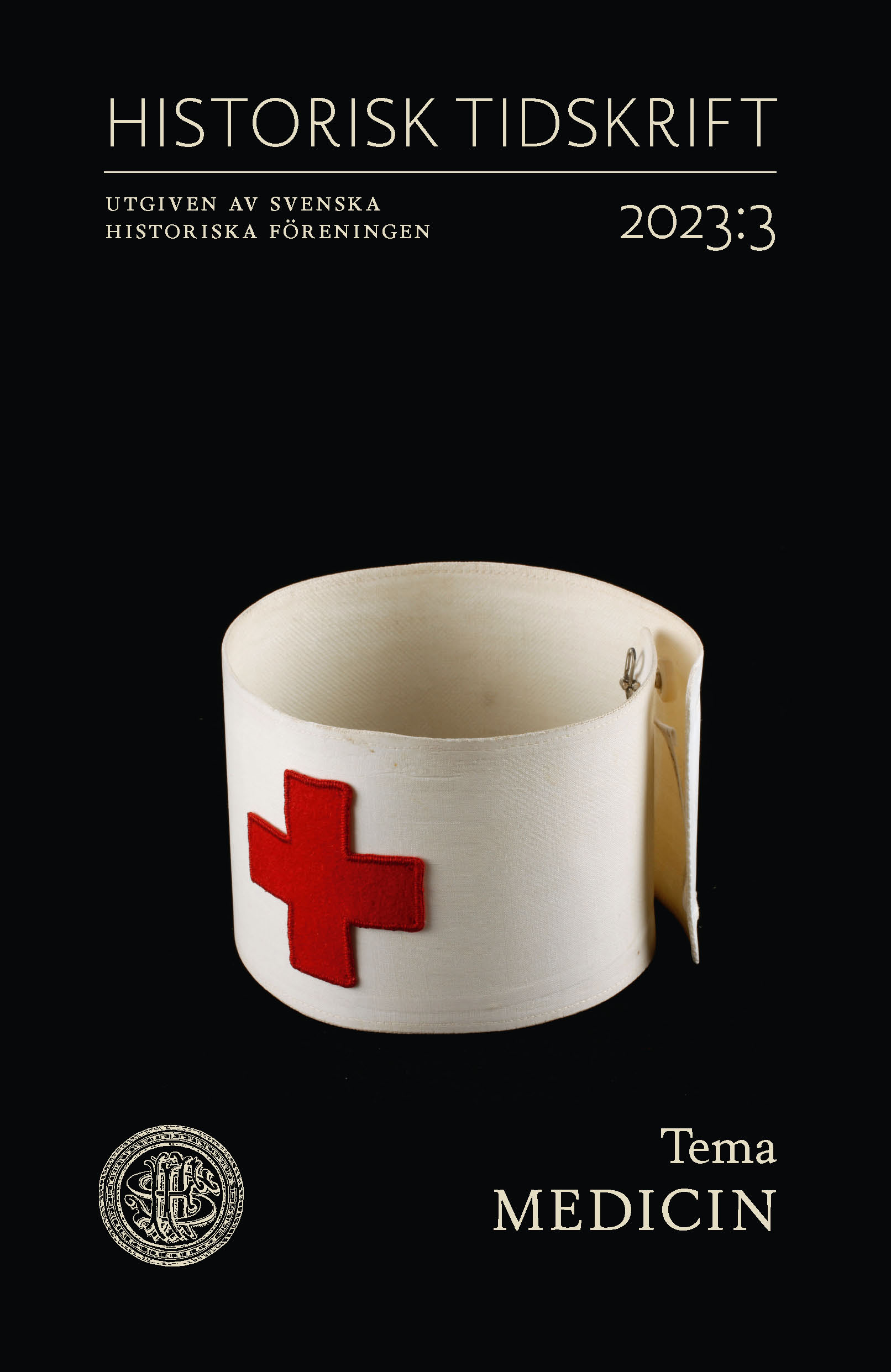Abstract
The deadly stench of putrefaction: An analysis of miasma, the theory of contagion which dominated nineteenthcentury medicine
In this article, the nineteenth-century understanding of the miasma theory of contagion in Swedish medical discourse is analysed. The sources are approximately one hundred discussions about miasma in Swedish doctors’ reports, books, and medical journals, primarily located using the databases Medicinhistorisk databas, Internet Archive, and Google Books. The miasma theory, which held that contagion spread through an airborne poison, was the main framework for explaining the emergence of sudden epidemics in European and American medical discourse in the nineteenth century. The theory was especially influential in the face of waves of cholera which struck Europe and the US between 1830 and 1870, but the theory shaped responses to several other diseases as well, such as typhoid and typhus. However, how miasma was believed to work has not been studied thoroughly.
This article remedies that in four ways. First, the miasma theory’s classical origins are outlined, and how it was shaped in medieval plague tractates. Second, the nineteenth-century shift in ideas about what caused miasma is explained: from rotting vegetable matter in swamps, human garbage. Third, what nineteenth-century medical practice took to be the main properties of miasma are discussed: miasmatic contagion was believed to be diseasegenerating, airborne, foul-smelling, and related to putrefaction. Fourth, the relationships between these properties are examined, offering an explanation for the miasma theory’s enduring popularity. Since it was rare for all its properties to be mentioned when it was discussed, the miasma concept proved an especially flexible way of giving reasons for otherwise inexplicable epidemic outbreaks. This flexibility might also explain its downfall, which, as is shown, was not as self-evident as many historians of medicines have stated. The miasma theory could have been used to handle everyday dirt, the main concern of the late nineteenth-century hygienic movement, charging it with menace; instead, the theory was resolutely abandoned. To conclude, a new avenue of research into this abandonment is presented: the important but largely ignored transformation of conceptions of putrefaction from a soiling process to one which cleans the air and water.

